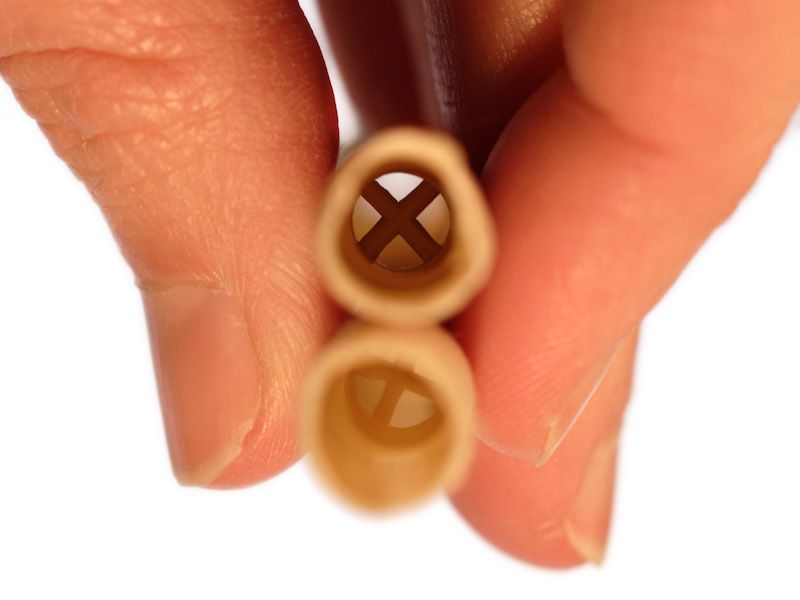
There’s a persistent idea in some groups that a practice known as “ear candling” is a good way to decrease your earwax. What is ear candling, and is it effective?
Earwax Candles, is it Effective?
Spoiler alert: No. No, they don’t.
Why then, does this piece of pseudo-science keep burrowing its way into the minds of otherwise reasonable people? It’s difficult to say with much accuracy. But the more you know about earwax candling, particularly the risks involved, the more likely you can make an informed decision (even if the sensible choice is pretty obvious).
Earwax Candling, What is it?
So here’s the basic setup: Perhaps you have an excessive amount of earwax and you aren’t quite certain how to eradicate it. You’ve read that it’s risky to use cotton swabs to clear your earwax out. So, after doing some investigate, you discover a technique known as earwax candling.
Here’s how earwax candling supposedly works: By jamming a candle in your ear (wick side out), you cause a pressure differential. This pressure differential then pulls the wax out. Any wax that may be clogged up in your ear can, in theory, be pulled out by this amount of pressure. But this harmful practice is not a smart way to clean your ears.
Why Doesn’t Ear Candling Work?
This practice has several issues, including the fact that the physics just don’t work. It would require a considerable amount of pressure to move earwax around and a candle just isn’t capable of generating that amount of pressure. Also, a candle doesn’t possess the type of seal necessary to sustain pressure.
Now, the candles used in these “procedures” are supposed to be special. All of the wax that was in your ear can be found inside the hollow portion of the candle which can be broken apart when you’re finished with your 15 minutes of ear candling. The only issue is that the same debris shows up in both burned and unburned candles. So the whole process amounts to fraud.
Earwax candling has never been proven scientifically to have any benefit at all.
So we Know Ear Candling Doesn’t Work But is it Dangerous?
What’s the danger in trying, right? Well, you’re asking for trouble anytime you get a hot candle near your ears. You might be ok if you try earwax candling. People do it regularly. But there are definitely hazards involved and it’s definitely not safe.
The negative impacts of ear candling can include:
- Your ear can be seriously burned. Serious hearing problems and burns can be the outcome of getting hot wax inside of your ear. In the most serious cases, this might permanently jeopardize your hearing.
- Once the wax cools down it can clog your ear canal. You could end up temporarily losing your hearing or even requiring surgery in serious cases.
- You could cause serious harm when you play around with an open flame and potentially even put your life in danger. Seriously, you could burn your house down. Eliminating a bit of earwax isn’t worth that amount of danger and risk.
You Can Keep Your Ears Clean Without Needing a Candle
In the majority of situations you won’t even have to be concerned about cleaning earwax out. That’s because your ears are actually pretty good about cleaning themselves! But you might be one of those individuals who have an uncommonly heavy earwax production.
If you do need to clean your ears out because of excessive wax, there are scientifically-proven (and effective) methods to do that properly. You could try a fluid wash, for example. Or you might see a specialist who will be able to use specialized tools to get extra wax or wax blockages out.
Cotton swabs are definitely a no-no. And you should also stay away from using an open flame to clear out earwax. Earwax candling doesn’t work, and it can create dangers that will put your comfort and your hearing in significant jeopardy. Try burning candles for their sent or for enjoyment but not as a means to clean your ears.